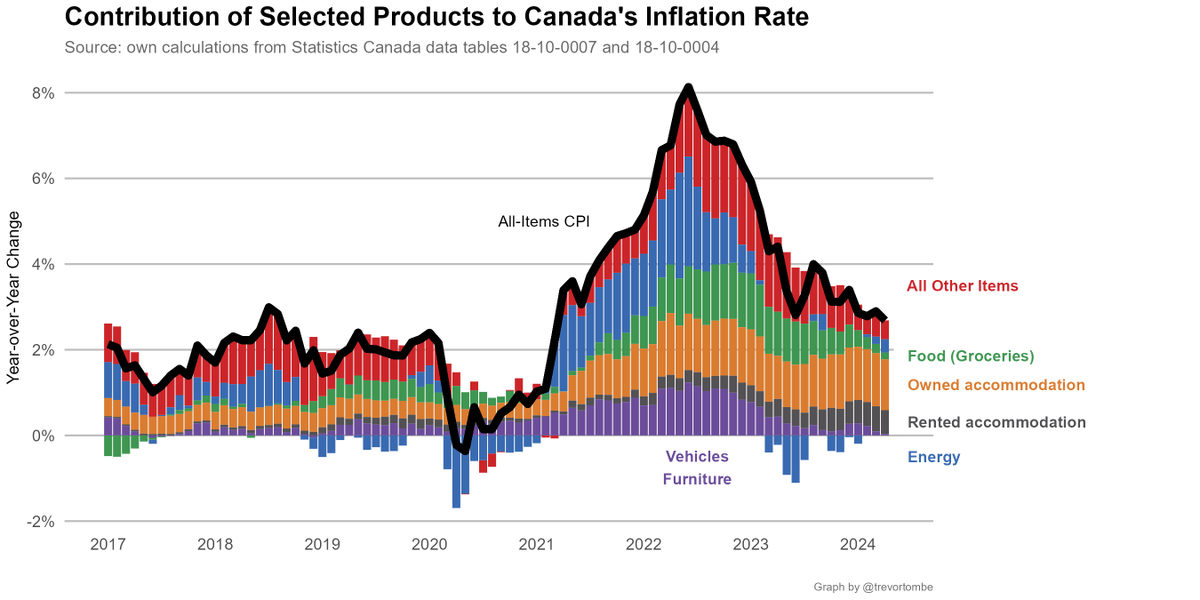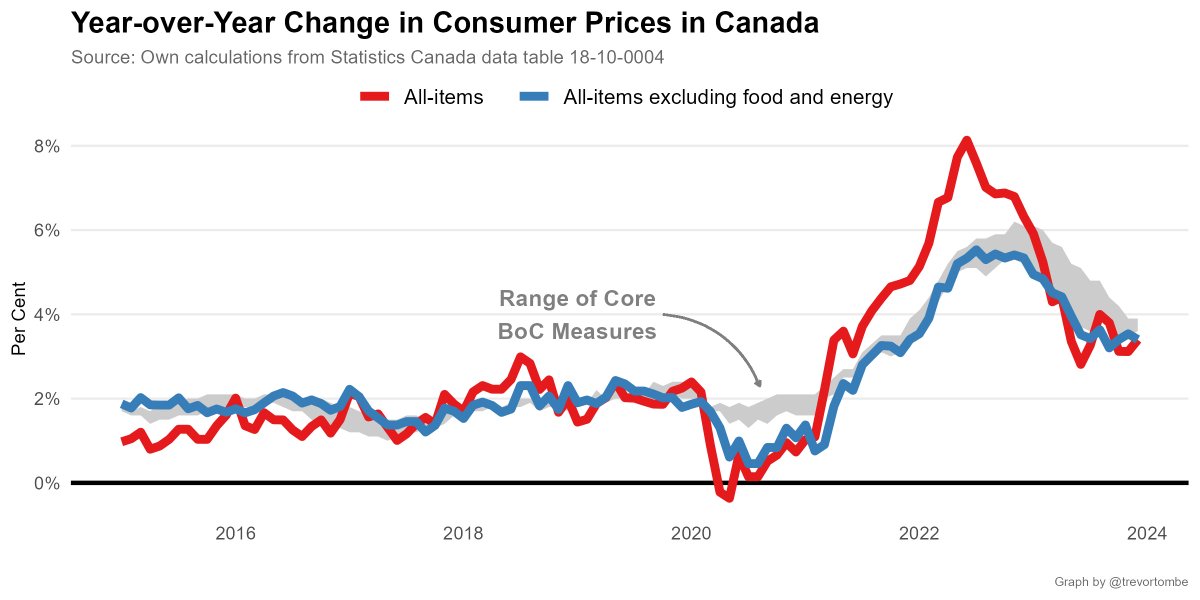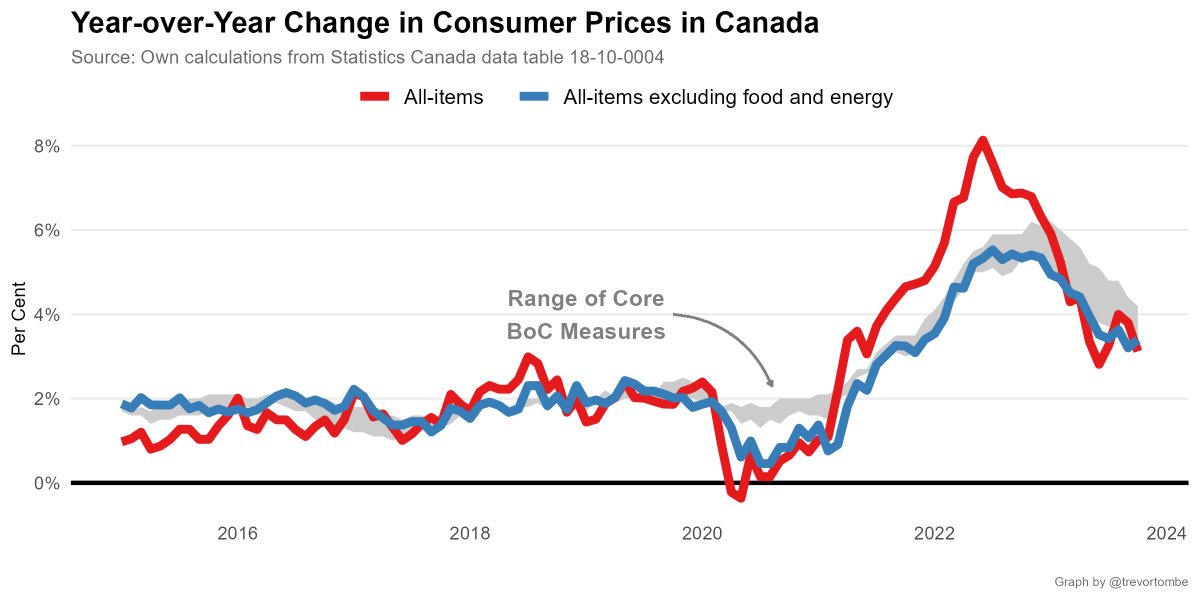Today's vaccine update for Alberta:
-Everyone: 54.5% have at least one dose and 9.1% have two
-Age 12+: 64% and 10.7%
-Age 20+: 65.2% and 11.7%
Stage 2 target: 60% of 12+ w/ 1+ doses (achieved!)
Stage 3 target: 70% of 12+ w/ 1+ doses
-Everyone: 54.5% have at least one dose and 9.1% have two
-Age 12+: 64% and 10.7%
-Age 20+: 65.2% and 11.7%
Stage 2 target: 60% of 12+ w/ 1+ doses (achieved!)
Stage 3 target: 70% of 12+ w/ 1+ doses

Looking forward, Alberta will remove all provincial public health restrictions two weeks after 70% of those age 12+ have at least one dose.
At its current pace, that share is reached on June 8 so (if that pace holds) full re-opening occurs on June 22.
At its current pace, that share is reached on June 8 so (if that pace holds) full re-opening occurs on June 22.

Where will Alberta be in terms of fully vaccinated? Or the 75/20 goal? Here's a rough guide based on when we'd have enough doses for different shares:
- 75% of age 12+ w/ 1+ dose and 20% w/ 2: June 21
- And 30% w/ 2 doses: July 1
- 75% of age 12+ w/ 1+ dose and 20% w/ 2: June 21
- And 30% w/ 2 doses: July 1

The Premier also references `70% pop. protection`, here's a measure of that. First, this is different than doses or 12+ shares. One dose is less effective than two, effects lag and are uncertain, and total pop matters. Roughly, current "coverage" is ~19-36%. 

And to whoever changed the age group name from 'All age years' to 'ALL years' ... 😡
• • •
Missing some Tweet in this thread? You can try to
force a refresh


















